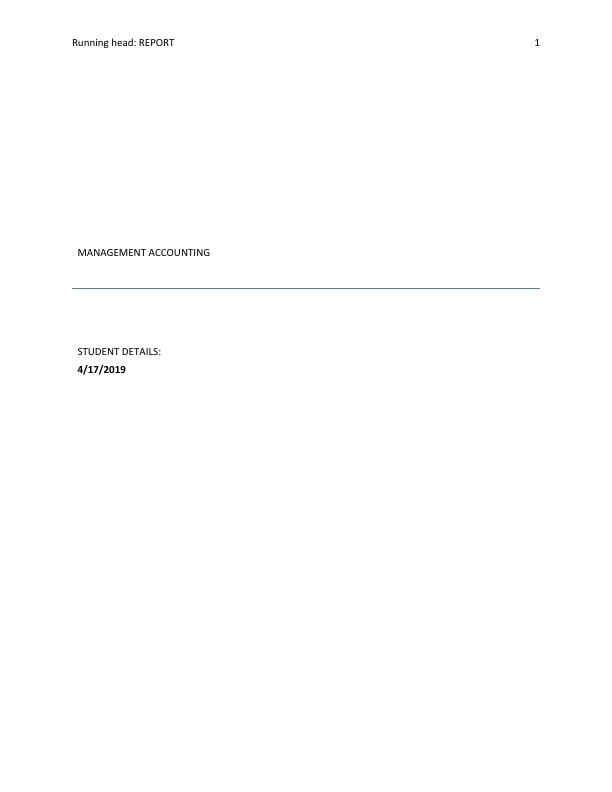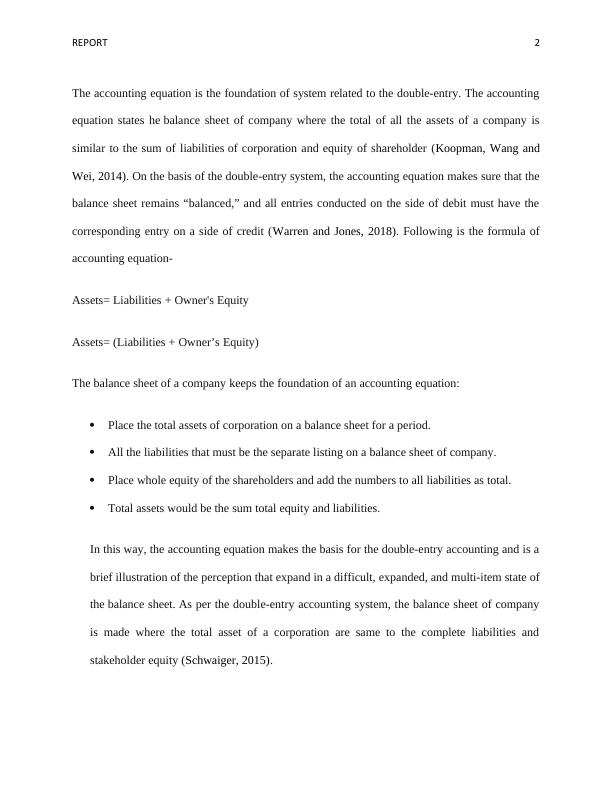Management Accounting
Record various transactions and adjustments for Williamsons Quality Automotive in December.
13 Pages1568 Words59 Views
Added on 2023-01-19
About This Document
This report explains the accounting equation and its significance in the double-entry system. It discusses how the equation ensures that the balance sheet remains balanced and how it is used to calculate the total assets, liabilities, and equity of a company. The report also includes journal entries, general ledger accounts, and financial statements. References are provided for further reading.
Management Accounting
Record various transactions and adjustments for Williamsons Quality Automotive in December.
Added on 2023-01-19
ShareRelated Documents
End of preview
Want to access all the pages? Upload your documents or become a member.
Double Accounting System Equation
|13
|2609
|130
Assignment about What is Liabilities?
|4
|373
|8
Assignment on Cash Flow Statement
|8
|1589
|41
Classify Each of the Transactions 2022
|4
|458
|23
Exercise 1-4 Key definitions and missing information in the accounting equation
|32
|5405
|1
Financial Accounting Assignment - (Doc)
|16
|1080
|122




